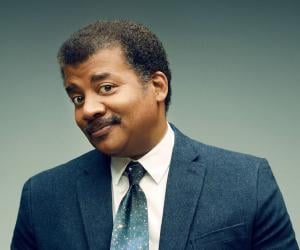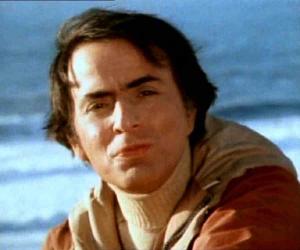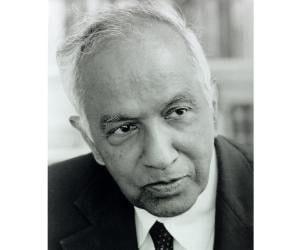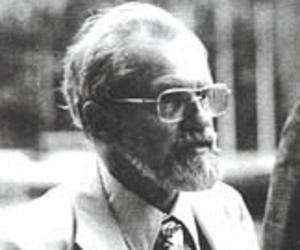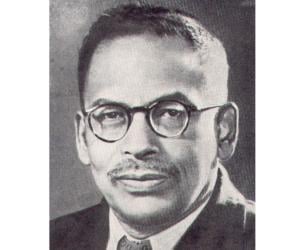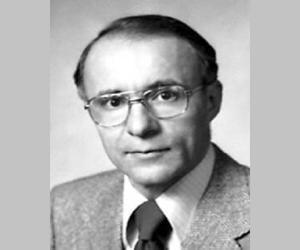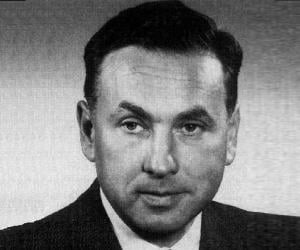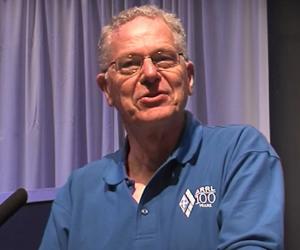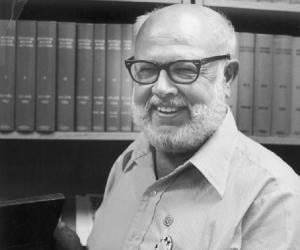Public Welfare Medal-winning astrophysicist and academic Neil deGrasse Tyson hosted shows such as NOVA ScienceNow, Cosmos: A Spacetime Odyssey, and Star Talk. He is the director of Hayden Planetarium and contributed to the dismissal of Pluto’s status as the ninth planet. He has also written a monthly column as "Merlin.”
Remembered for his varied contribution to astrophysics, Subrahmanyan Chandrasekhar is perhaps best known for his work on the evolution of massive stars. Today known as Chandrasekhar limit, it contributed to final understanding of supernovas, neutron stars, and black holes. A prolific writer, he also did significant work on energy transfer by radiation in stellar atmospheres and convection on solar surface.
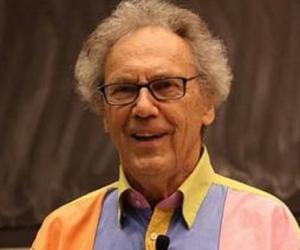
When the American government, baffled by unexplained sightings of flying objects, assigned J. Allen Hynek the task of solving the mystery, Hynek was sceptical. However, he later became the first person to scientifically analyze such sightings. He also established the "Close Encounter" classification system to study UFOs.
Indian astrophysicist Meghnad Saha is best remembered for developing the thermal ionization equation. A grocer’s son, he relied on merit alone to excel in academics and eventually became a professor at the universities of Allahabad and Calcutta. He was also a Lok Sabha MP and a Fellow of the Royal Society.
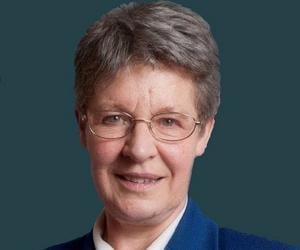
Jocelyn Bell Burnell is an astrophysicist from Northern Ireland. As a postgraduate student, she discovered the first radio pulsars. She graduated from the University of Glasgow and pursued an academic career. In 2018, she received the Special Breakthrough Prize in Fundamental Physics for her discovery of radio pulsars. She donated the three million dollars she received as prize money.
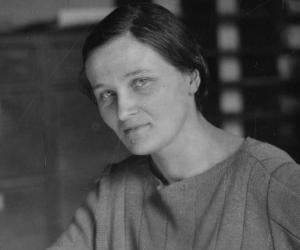
After losing her father at 4, Cecilia Payne-Gaposchkin was raised singlehandedly by her mother. The incredibly talented Cecilia studied at Cambridge but failed to secure a degree because of her gender. She later joined Harvard and opposing prevalent beliefs, proposed that stars were mainly made of hydrogen and helium.
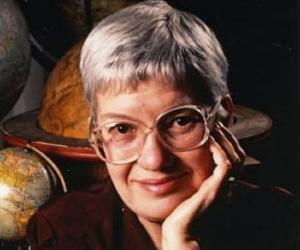
American astronomer Vera Rubin is best known for her pioneering discoveries on galaxy rotation rates, her groundbreaking work confirming the existence of dark matter and for her life-long advocacy for women in science. She studied the galactic rotation curves and provided strong evidence of the existence of dark matter. The Vera C. Rubin Observatory in Chile is named after her.
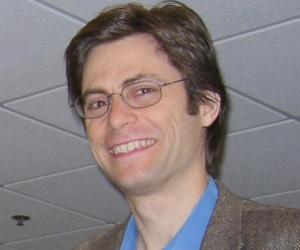
Born to math professor Harold S. Shapiro, Max Tegmark grew up to co-establish the Future of Life Institute, with funding from Elon Musk. The MIT professor is a specialist in cosmology, physics, and machine learning and had also penned a book on artificial intelligence, titled Life 3.0.
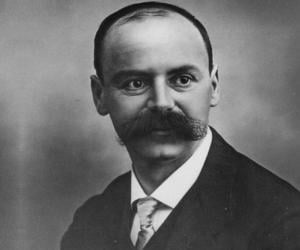
Karl Schwarzschild was a German astronomer and physicist. He is remembered for his contributions to the general theory of relativity; Schwarzschild came up with the first exact solution to the Albert Einstein field equations. He also contributed immensely to the theory of black holes.
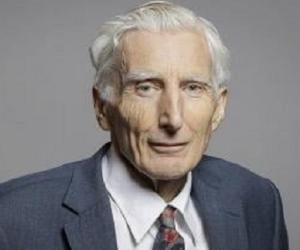
Born to educator parents, Martin Rees excelled in math since childhood. The cosmologist and astrophysicist later taught at Cambridge, Princeton, and Harvard. Known for his research on the big-bang theory, he also won awards such as the Templeton Prize and penned books such as Our Final Century.
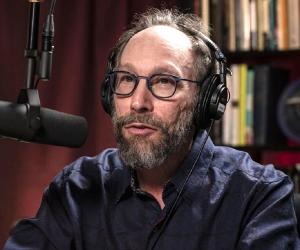
American-Canadian theoretical physicist Lawrence M. Krauss has taught at institutes such as ASU and Yale and also penned several bestselling books. Known for his research on dark energy and zero-energy states, he was later accused of sexual misconduct and thus lost the directorship of the ASU’s Origins Project.
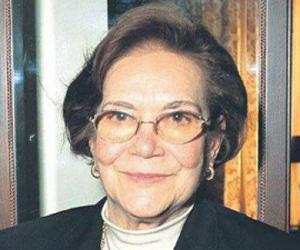
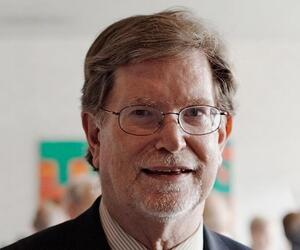
Nobel Prize-winning physicist George F. Smoot is best known for his research on the big-bang model. He and his Nobel co-recipient, John C. Mather, helped NASA develop the COBE. He has also appeared on many TV shows and won a million dollars on Are You Smarter than a 5th Grader?
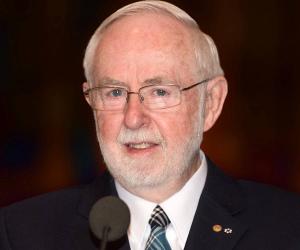
Nobel Prize-winning Canadian physicist Arthur B. McDonald is remembered for his research on neutrino oscillations and for proving that neutrinos have mass. He spent most of his life teaching at the Princeton and Queen’s universities. He also headed a project that mass-produced low-cost ventilators to be used as COVID-19 supplies.
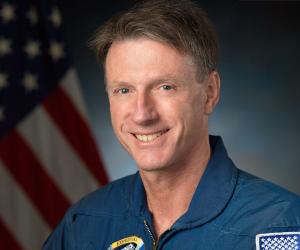
The first British astronaut to perform a space-walk, Michael Foale was also the only NASA astronaut to be on missions aboard both the Mir and the International Space Station. Born to a Royal Air Force pilot father, he was well-traveled. He was the only survivor of a car accident in Yugoslavia.
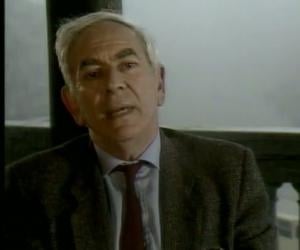
Dennis W. Sciama was a British physicist credited to have played a major role in the development of British physics following World War II. He is considered a co-father of modern cosmology and supervised the doctoral works of many famous cosmologists, including Martin Rees and Stephen Hawking. He was elected a Fellow of the Royal Society (FRS) in 1983.
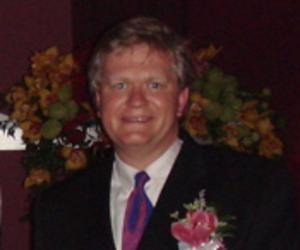
Nobel Prize-winning astronomer Brian Schmidt is best known for discovering what is known as dark energy of the universe. Born in the US, the Harvard alumnus later moved to Australia for his work. He has taught at the Australian National University and is now the university’s vice chancellor.
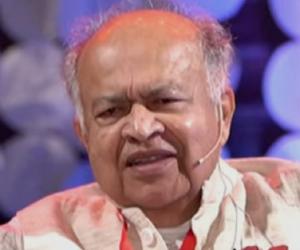
Born to a math professor father and a Sanskrit scholar mother, Astrophysicist and IUCAA professor Jayant Narlikar grew up to collaborate with Sir Fred Hoyle, leading to the conformal gravity theory, also known as the Hoyle-Narlikar theory. He has won the Padma Bhushan and Padma Vibhushan and penned sci-fi novels, too.
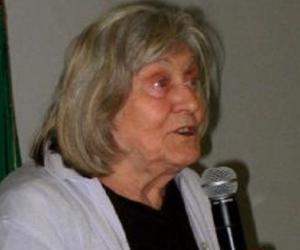
American astrophysicist and Nobel laureate Arno Allan Penzias revolutionized science when he co-discovered the existence of a faint electromagnetic radiation, or the CMB radiation, on Earth, which supported the credibility of the Big-Bang Model. He had also been the VP and chief scientist at Bell Laboratories.

Along with his brother, Marcel Schlumberger, Conrad Schlumberger formed one of the most well-known geophysicist duos of Germany. A pioneer in petroleum production, he co-established Schlumberger Ltd., one of the world’s largest oil-field service companies, with Marcel. Their technique of oil exploration offered a cheap alternative than the existing coring methods.
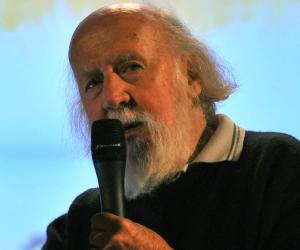
Known as “The Poet of the Stars,” Canadian astrophysicist Hubert Reeves has been a NASA advisor. His research covers neutrinos and thermonuclear reactions in stars. Having penned numerous science and astronomy books such as Soleil, he is known as a popularizer of science and has an asteroid named after him.
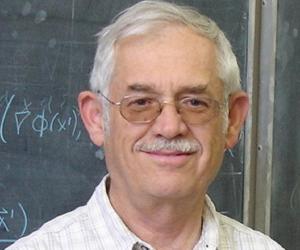
Jacob Bekenstein was born to Polish Jew immigrant parents in Mexico. The Rothschild Prize-winning physicist later also gained both American and Israeli citizenships. He is best remembered for his discovery of thermodynamic properties in black holes. The Princeton alumnus and Technion professor was also quite a religious man.
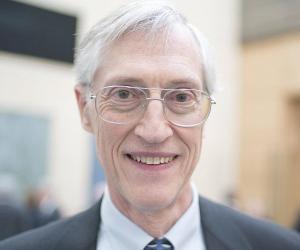
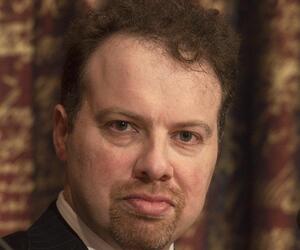
Adam Guy Riess is an American astrophysicist, known for his work on Type Ia supernovae. Teaming up with Saul Perlmutter and Brian Schmidt, he started working on the supernovae, using it as cosmological probe, eventually discovering that the expansion rate of the universe is accelerating. He received the 2011 Nobel Prize in Physics for his work.
Nobel Prize-winning physicist Robert Hofstadter is remembered for his path-breaking research on the structures of the particles of the atomic nuclei, such as protons and neutrons. The Princeton alumnus initially worked with the National Bureau of Standards, where he developed the proximity fuse, and then taught at Princeton and Stanford.
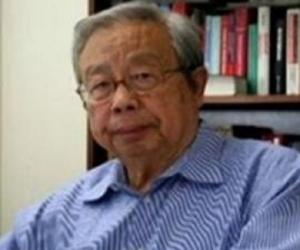
Chinese astrophysicist and activist Fang Lizhi inspired the 1989 Tiananmen Square protests. The dissident was expelled from the Chinese Communist Party for his activities, but that didn’t stop his research, which took him to institutes in the US and Great Britain. He also taught at the University of Arizona.
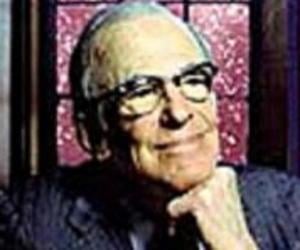
Lyman Spitzer was an American theoretical physicist, mountaineer, and astronomer. He was known for his research into star formation and plasma physics. He is credited with the invention of the stellarator plasma device and he was the one who first conceived the idea of telescopes operating in outer space. He was a founding member of the World Cultural Council.
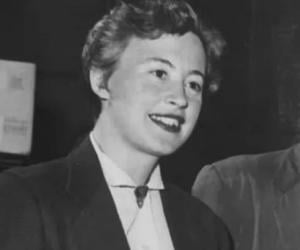
Margaret Burbidge was a British-American observational astronomer and astrophysicist. She was the first author of the influential B2FH paper and one of the founders of stellar nucleosynthesis. She held several leadership and administrative posts and was well known for her work opposing discrimination against women in astronomy. In 1988, she was awarded the Albert Einstein World Award of Science.
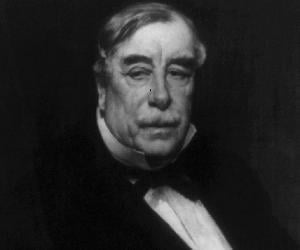
Austrian-born astrophysicist Thomas Gold is best-remembered for proposing the steady state theory of the universe and for his deep gas hypothesis through which he re-defined the abiogenic hypothesis and made it popular in the West. He served as professor of astronomy at Cornell University and remained a member of National Academy of Sciences and a Fellow of the Royal Society.
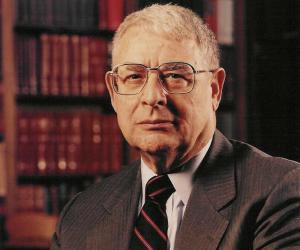
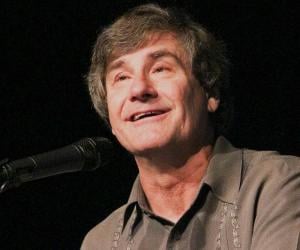
Renowned astrophysicist Alexei Filippenko, who teaches at the University of California, Berkeley, is primarily focused on supernovae and galaxies. Apart from writing 900 research papers, he has also penned a bestselling book and appeared on programs such as The Universe. He loves tennis and often travels to view solar eclipses.

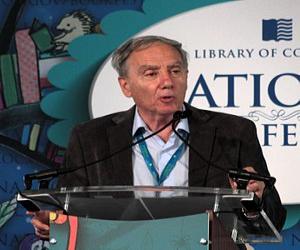
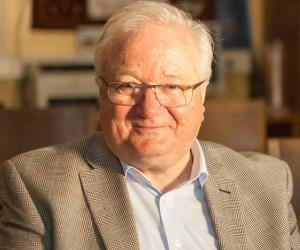
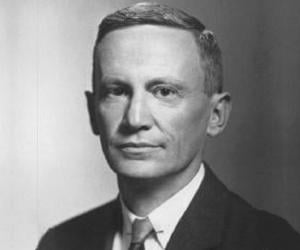
Martin Schwarzschild was a German-American astrophysicist best remembered for his work in the fields of stellar evolution and stellar structure, which paved the way to an improved understanding of differential solar rotation, pulsating stars, hydrogen shell sources, the ages of star clusters, and the helium flash. In 1997, Martin Schwarzschild was honored with the prestigious National Medal of Science.
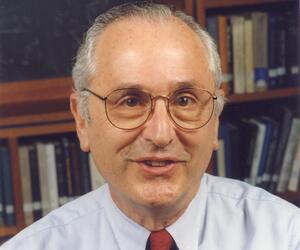

English astrophysicist Geoffrey Burbidge is remembered for his pioneering work on the elements in stars and was one of the authors of the B2FH paper. Initially aspiring to study history, he switched to physics later. A Fellow of The Royal Society, he also won many awards with his wife, fellow astrophysicist Margaret Burbidge.
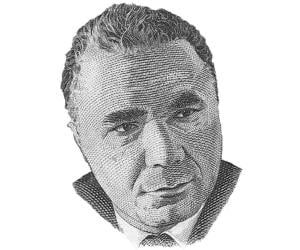
Viktor Hambardzumyan was a Soviet Armenian science administrator and astrophysicist. One of the top astronomers of the 20th century, Ambartsumian is considered the founder of theoretical astrophysics. Viktor Hambardzumyan is also credited with founding the first department of astrophysics in the Soviet Union, which he accomplished at Leningrad State University in 1934.

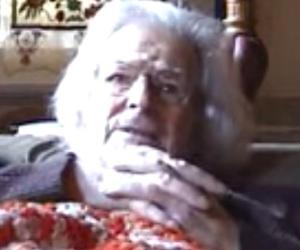
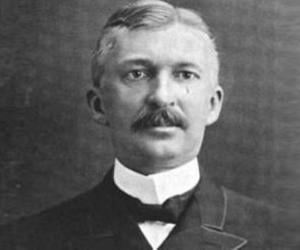
James Edward Keeler initially worked at the Lick Observatory and later proved that the rings of Saturn aren’t solid but are made of tiny particles. He used the reflecting telescope for his astrophotography projects. He had also been the director of the Allegheny Observatory and had co-founded Astrophysical Journal.
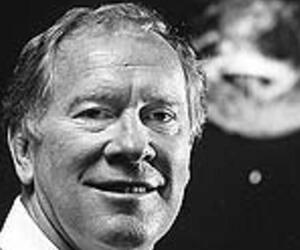
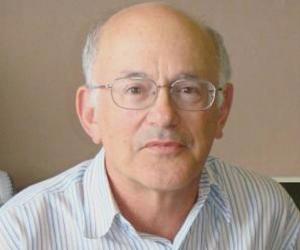

Mostly known for his life-long association with the University of Chicago’s Yerkes Observatory, astronomer William Wilson Morgan was the first to prove that the Milky Way has spiral arms. Apart from co-developing the MK system of classification of stars, he also co-established the Bautz-Morgan classification system for clusters.
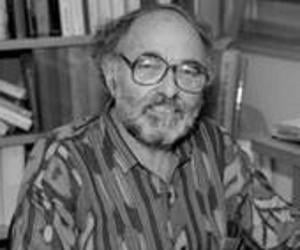
Particle physicist Gerson Goldhaber is best remembered for discovering charm hadrons and dark energy. The son of German parents who had escaped the Nazis and started a tour guide service in Egypt, Goldhaber later moved to the US for research and gained a US citizenship, too.
